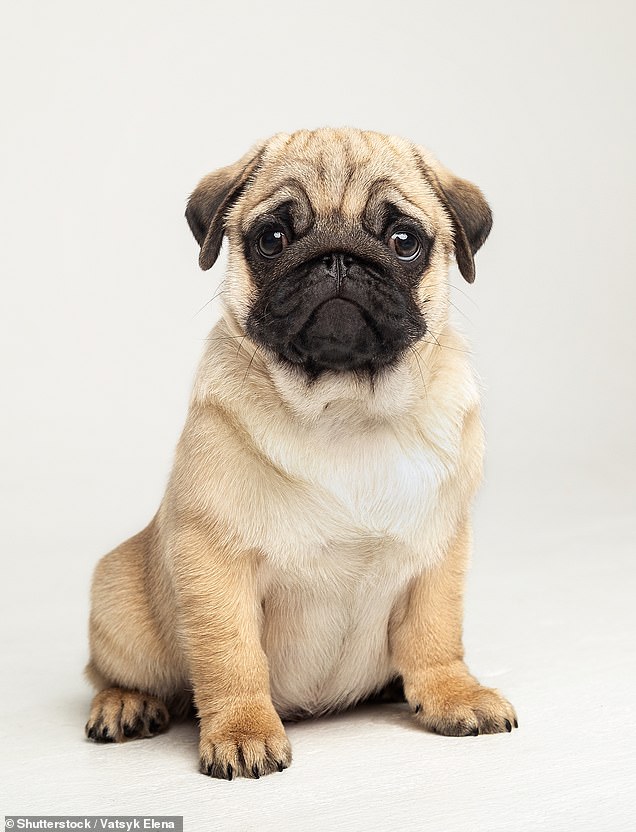
Scientists Warn Flat-Faced Dog and Cat Breeding Causes Health Risks in Breathing, Eating, Birth
Flat-Faced Pets: How Breeding for "Cute" Features Harms Dogs and Cats
[Image: Side-by-side photos of a Pug and Persian cat showcasing their similar flat faces]
Their smushed faces and wide eyes make brachycephalic pets like Pugs and Persian cats irresistibly cute to many. However, new research reveals these breeds have been pushed to such extremes that they now resemble each other more than their own ancestors—despite cats and dogs diverging evolutionarily 50 million years ago.
Convergent Evolution in Your Living Room
A study in Proceedings of the National Academy of Sciences used CT scans to compare skulls of flat-faced breeds with their wild ancestors. Wolves (dog ancestors) had long muzzles, while wildcats (cat ancestors) had shorter snouts. Yet, through selective breeding, Pugs, Bulldogs, Persians, and Shih Tzus now share strikingly similar skulls: broad, flat faces with upturned muzzles.
“They start off in different places, but human selection made them nearly identical,” says Dr. Abby Drake of Cornell University, co-author of the study. This “convergent evolution” is unprecedented in domesticated species.
[Image: Comparison of wolf, wildcat, Pug, and Persian skulls highlighting facial structure changes]
A Health Crisis in Cute Packaging
Brachycephalic breeds face severe health risks:
- Breathing issues from narrowed airways
- Eye ulcers due to protruding eyes
- Difficulty birthing (often requiring C-sections)
- Skin infections from excessive facial folds
French Bulldogs live just 9.8 years on average—3 years less than Border Collies. Over 40% of brachycephalic dogs suffer from respiratory distress, yet owners often mistake symptoms like snoring or laziness for “normal” traits.
[Image: Persian cat with a visibly flattened face and bulging eyes]
Why Do These Breeds Remain Popular?
Despite known health risks, the appeal of “baby-like” features drives demand. A Royal Veterinary College study found owners often prioritize cuteness over welfare, normalizing traits like labored breathing. Dr. Rowena Packer warns: “Human-centric desires perpetuate suffering. We must reject extreme breeding.”
The Path Forward
Experts urge breeders and buyers to prioritize health over appearance. Some countries, like the Netherlands, have banned breeding extremely brachycephalic animals. “Reversing this trend is crucial for pets’ welfare, even if it means losing these ‘designer’ looks,” the study concludes.
[Image: Healthy vs. brachycephalic dog comparison infographic]
Key Takeaways
- Flat-faced pets’ skulls have converged across species due to human selection.
- Health risks include chronic pain, surgeries, and shortened lifespans.
- Public education and policy changes are needed to promote ethical breeding.
By choosing pets with moderate features, we can ensure they live healthier, happier lives—proving true love isn’t skin-deep.
[Image: Shih Tzu with a flat face competing in a dog show]
Word count: 598


